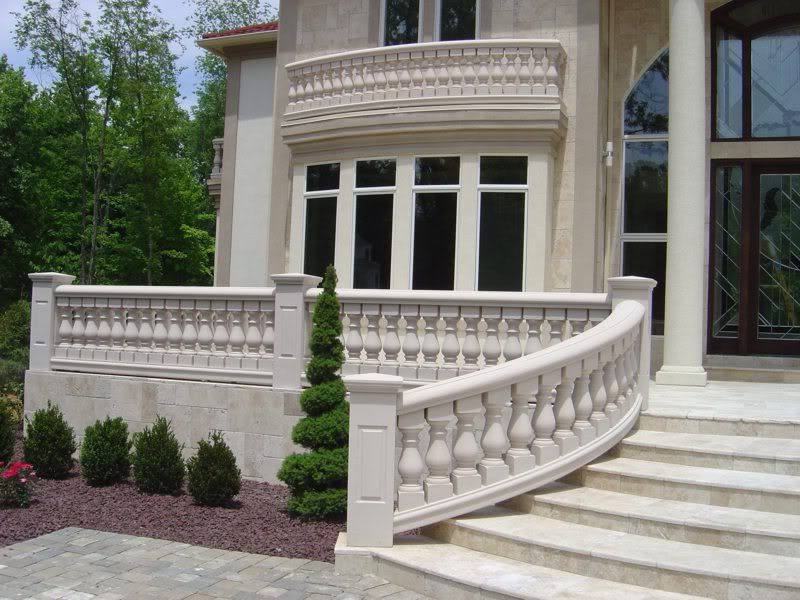Stairway Balusters contradict the very function of what a baluster was made for, supporting the handrail of a stairway system or the ledge on a balcony. After one hundred and ten years after manufacturing, the Stairway Balusters have found a home at UNL as a decorative rather than a functional piece. This contradicts the very nature of what balusters are, a mostly functional piece in an ordinary stair system. Rather this piece has been transferred outdoors and framed like the Mona Lisa would be, exemplifying its transition from a functional to a ornate decoration for college students to enjoy while studying. The balusters, created one hundred and ten years ago, were originally used to support the stairway of a Chicago art gallery, but were  later sold. The university welded them into a rectangular frame, showing the balusters off as if they were a great piece of art rather than a functional piece. Even though the balusters have elaborate motifs emulating natural Celtic designs of the Viking age, the framed piece has been placed lower than the eye can admire without crouching down to notice that there are any designs at all. Placement of the framed balusters is subtle and in an area where they would hardly be noticed by a casual passerby. Rather the piece has been strategically placed in an area that students would typically go to get peace to eat lunch or finish a homework assignment.
later sold. The university welded them into a rectangular frame, showing the balusters off as if they were a great piece of art rather than a functional piece. Even though the balusters have elaborate motifs emulating natural Celtic designs of the Viking age, the framed piece has been placed lower than the eye can admire without crouching down to notice that there are any designs at all. Placement of the framed balusters is subtle and in an area where they would hardly be noticed by a casual passerby. Rather the piece has been strategically placed in an area that students would typically go to get peace to eat lunch or finish a homework assignment.
Organic line utilized through the motifs in the balusters as well as rounded edges, whether they be from weather or simply the passage of time, suggests the inviting and calm nature of the piece. Rounded, or organic, line has been proven to be easier on the eyes of people. Bas reliefs adorning the interior of the piece have been eroded making them more subtle, especially in the shadow of the foliage which shelters it, strangely toning down the artistic nature of the piece. It appears that there has been no attempt to restore the relief on the balusters, so the intention was to leave one of the most artistic parts faded and difficult to see. Everything about the “sculpture” forces one to look at the entirety of the piece first, admiring the outline of the baluster and the general “markings” on the body.
The lack of restoration to the piece also leaves scratches on the area where the balusters were bolted in and makes the piece look incredibly weathered. Metal rusting can added to the weathered look of the sculpture, making it seem like it belongs among the elements. Altogether the subtle placement, rusted natural appearance, and worn reliefs has transformed this functional baluster into a decorative piece meant to be seen by students or people sitting. The balusters act as an accentuate to show the peaceful nature of the particular spot by the art museum, with people using it as a place to find solitude. The balusters are taken as a functional item that is daily seen by people and used as an artistic piece, creating something that is easy to look at and not confusing like so many of the other pieces.

